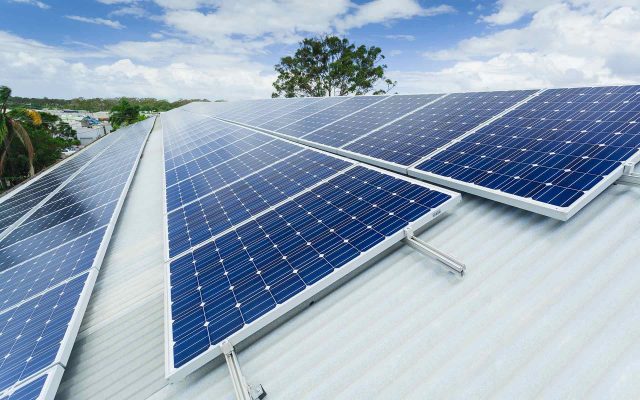$9.6 million to support distributed energy revolution
To support the transition to an electricity network that is increasingly powered by small-scale energy assets, ARENA has announced $9.6 million funding for 12 new projects and studies.

The announcement includes $7.21 million for five projects that trial new ways to maximise the amount of distributed energy that the network can accommodate, while maintaining the stability of the system.
A further $2.38 million has been allocated to seven studies that will investigate how high penetrations of distributed energy can be successfully integrated into the energy market and grid.
With the highest number of rooftop solar installations per capita – at two million households and counting – Australia is already pioneering ways to integrate distributed energy resources (DER) into a grid designed last century for large centralised power stations.
Distributors and the market are working hard to accommodate the rise of behind the meter assets and make sure the transition delivers an electricity network that is more stable and affordable.
And even as world leaders for rooftop solar uptake, Australia’s transition has barely begun. Challenges are set to grow sharply as more rooftop solar and batteries are installed, electric vehicles become more popular and new technologies like smart appliances hit the mainstream.
One of the five projects to receive funding will trial software on the NSW grid that acts as a ‘traffic controller’, with the ability to remotely increase or decrease the output from customer owned assets to manage grid congestion. Led by Zeppelin Bend and also receiving funding from the NSW Government, the evolve project aims to show a way forward that allows more customers to connect solar and storage to the distribution network.
Today electricity distributors have few tools available to manage high concentrations of rooftop solar. Rather than restrict new connections, or invest in costly infrastructure, the project could unlock a way for distributors to coordinate individual household systems and ‘evolve’ with the changing mix of renewables and DER.
The collaboration between academia, industry and government will work with all three the NSW electricity network businesses.
The RACV have also received funding to develop a prototype smart hot water system, which could be aggregated into a centrally controlled fleet. Showing the potential of smart appliances, the system will use energy usage predictions and weather forecasts to optimise the the use of excess solar power to heat water.
Not only would using solar on site improve the value of electricity generated, limiting the flow of excess energy back into the grid could allow more households to connect while also improving the stability of the network.
ARENA CEO Darren Miller said rooftop solar, batteries and other customer-related energy technologies will shape the energy system of the future.
“We are looking at how we can make the most of of the growth in distributed energy resources as consumer choice expands and changes the way we generate and use energy,” Mr Miller said.
The success of rooftop solar is a sign of things to come. Today there are more than two million solar rooftops nationwide, up from just 14,000 systems a decade ago.

“It is projected that up to half of all electricity could be generated by consumers within the next few decades, up from around 4% today,” he said.
Amongst the studies to receive funding, researchers from the Australian National University will explore how community energy projects can reduce costs for consumers, while also growing the amount of renewable energy and storage that can be installed. The $1.37 million study aims to promote more community energy projects – both here in Australia and around the world.
The project will develop software that can examine the value of the different models of community energy projects that have been rolled out to date. These tools will be used to develop tariff structures that encourage individual households to participate in collective schemes, and also guide the most effective use of distributed energy generation and storage.
“This is a huge change and will require innovations in software, hardware and thinking to achieve the best outcome for consumers,” Mr Miller said.
The new announced funding round will build on other work ARENA is undertaking in the DER space. Last year ARENA announced the Distributed Energy Integration Program – an initiative bringing together energy peak bodies, market authorities, industry associations and consumer associations to enhance the potential of consumer owned energy resources.
Read more about the successful projects here.
LIKE THIS STORY? SIGN UP TO OUR NEWSLETTER

ARENA